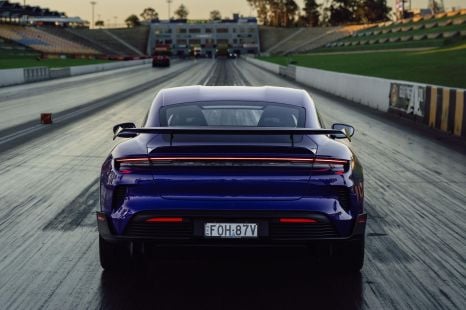

Toby Hogan
Banned! The car that’s too quick for Aussie drag strips
27 Minutes Ago
A second, smaller plug-in hybrid SUV option will lob in Mitsubishi Australia showrooms during 2021.

Senior Contributor


Senior Contributor
Mitsubishi Australia will expand its range of plug-in hybrid electric vehicles with the launch of an Eclipse Cross PHEV pencilled in for 2021.
Australia is confirmed as a launch market for the vehicle, which is notable considering a multitude of car makers are withholding their greenest vehicles from our market to focus on Europe, Asia, and the Americas, where emissions targets stimulate PHEV and EV demand.
As you can read in more detail here, Mitsubishi’s global focus within the wider Nissan-Renault-Mitsubishi Alliance has been shifted firmly to ASEAN and Oceania, meaning our market will be a core focus for the majority of its products.
We know very few details on the Eclipse Cross PHEV, though we do know it’ll be based on the updated model that will launch in conventional petrol-only form before the end of 2020 with “a fresh new look, revised interior, and new infotainment system”.
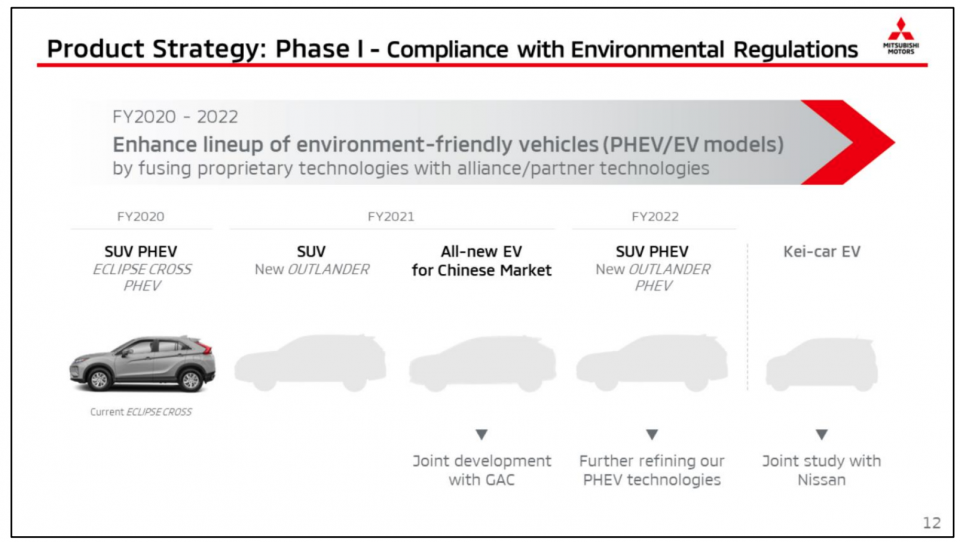
Mitsubishi this week outlined its FY2020-2022 Mid-Term Business Plan. It said it will “position the period from FY2020 to FY2022 as Phase I and enhance a lineup of environment-friendly vehicles by fusing proprietary technologies with alliance/partner technologies”.
We reached out to Mitsubishi Australia, which told us: “We don’t have a timing on the [Eclipse Cross] PHEV yet. We know the conventional Eclipse Cross will be here around the end of this year, and so it will definitely be next year [for the PHEV]”.
It might feature the same complex drivetrain as the current iteration of the Outlander PHEV, which pairs a 2.4-litre petrol engine with front and rear electric motors, and a 13.8kWh battery.
Or it might premiere the new PHEV drivetrain Mitsubishi is developing for the wider Renault-Nissan-Mitsubishi Alliance, and which will feature in the second-generation Outlander PHEV set to launch between March 2021 and March 2022.
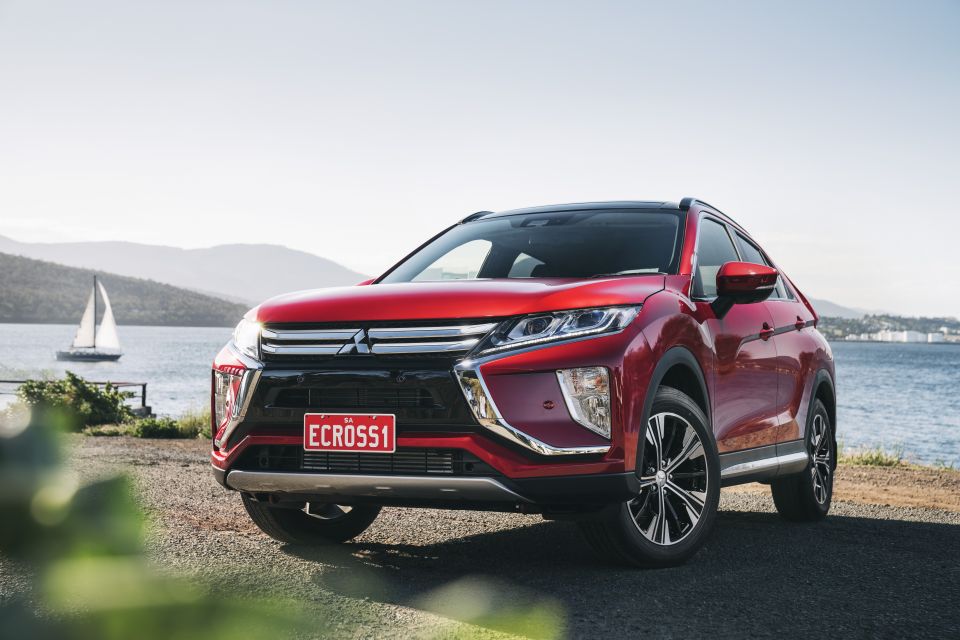
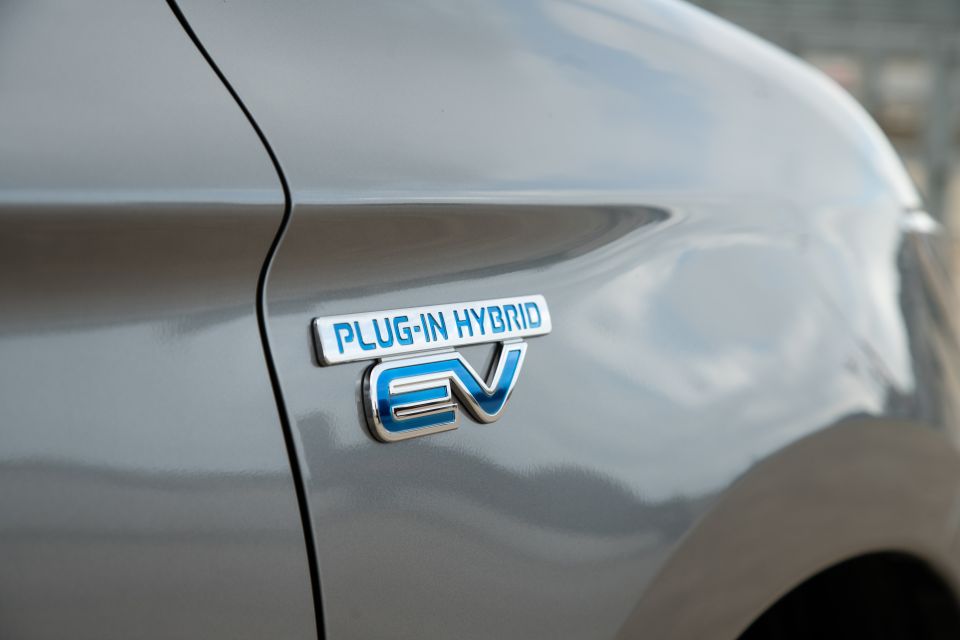
Given the Eclipse Cross will need to be cheaper than the Outlander, it might make economic sense for Mitsubishi to fit it with the existing tech, and premiere its longer-range (70km electric) new system on the larger and better-know Outlander flagship.
The Eclipse Cross is a smaller and lighter SUV, so its pure EV range might better the current Outlander’s 54km claim regardless. Once this pure electric range is depleted, the PHEV system uses the petrol engine to run the wheels and charge the batteries if a wall plug isn’t available.
The Eclipse Cross PHEV promises to be a cut-price answer to the Mini Countryman PHEV and Volvo XC40 PHEV models, and will also compete with the likes of the Hyundai Ioniq PHEV hatchback. Ford will also launch a PHEV version of its Escape SUV this year.
As we know already, Mitsubishi will reveal nine new or redesigned models over the coming years, including the updated Eclipse Cross, new Outlander, and a new Triton ute and Pajero Sport body-on-frame SUV during 2022/23. The Pajero is also set for retirement.
Where expert car reviews meet expert car buying – CarExpert gives you trusted advice, personalised service and real savings on your next new car.


Toby Hogan
27 Minutes Ago
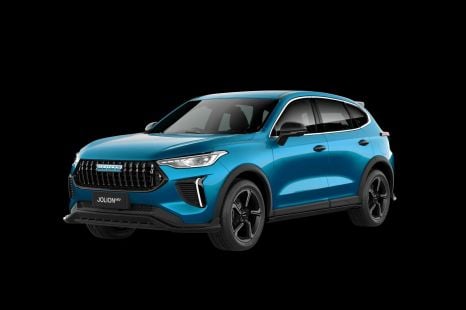

William Stopford
1 Hour Ago
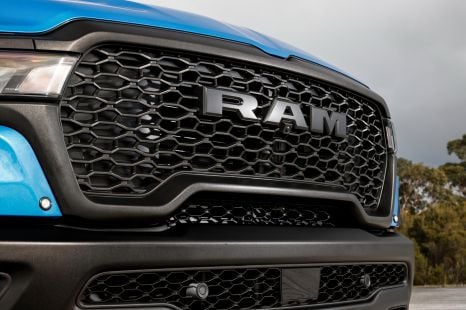

William Stopford
2 Hours Ago
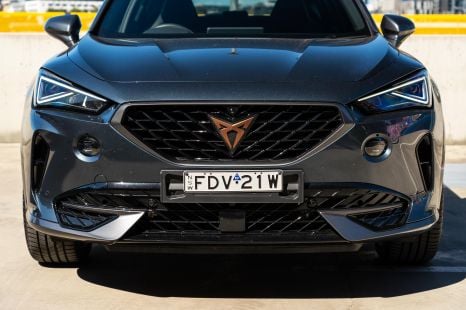

James Wong
4 Hours Ago
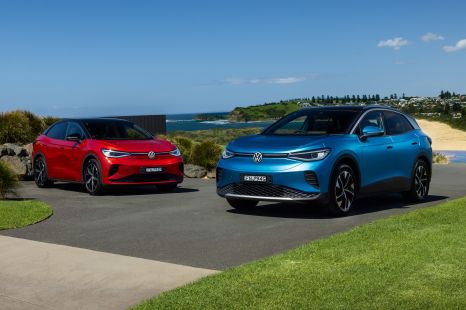

Damion Smy
5 Hours Ago
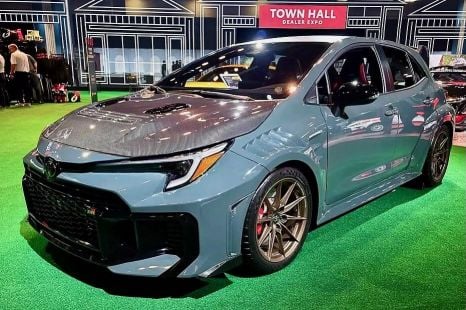

Ben Zachariah
6 Hours Ago